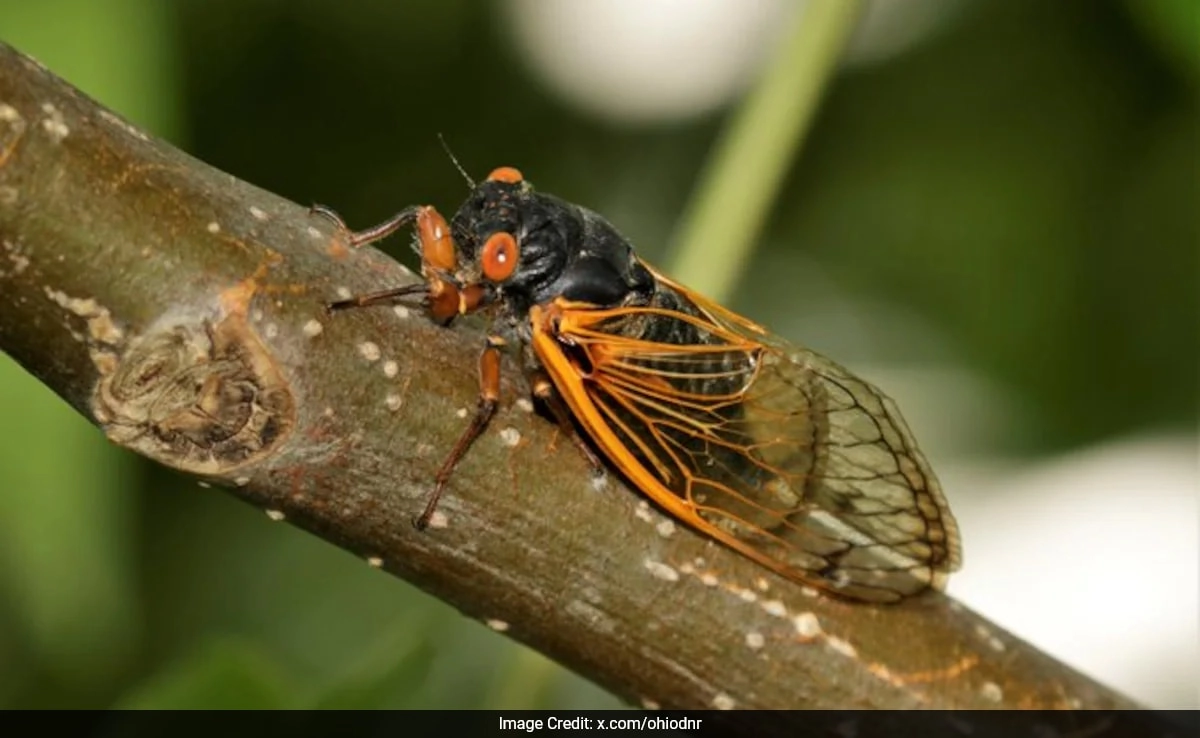After a lengthy dormancy of 17 years underground, Cicada Brood XIV has made its highly anticipated emergence across various regions of the United States. This natural phenomenon, which occurs in a predictable cycle, captivates the attention of entomologists and nature enthusiasts alike. The Brood XIV cicadas, recognized for their distinctive sound and striking appearance, are now filling the air with their characteristic buzzing as they break free from their nymph stage. This emergence not only marks a significant event in the lifecycle of these insects but also serves as a reminder of the intricate rhythms of nature that govern the lives of many creatures.
The life cycle of cicadas is a fascinating study in evolutionary adaptation. After spending nearly two decades underground, where they feed on the roots of trees, they finally surface in mass numbers to mate and continue the species. The sheer volume of cicadas emerging simultaneously creates an overwhelming cacophony, a sound that can reach up to 100 decibels. This symphony of chirping not only signals the arrival of summer but also plays a crucial role in the ecosystem. The cicadas become a food source for various predators, including birds, mammals, and even other insects, thus contributing to the biodiversity of their habitats.
Moreover, the emergence of Brood XIV has sparked interest in both scientific research and public fascination. Entomologists are eager to study the cicadas’ behavior, mating rituals, and potential impacts on local flora and fauna. Communities are also drawn into the excitement, with events and educational programs organized to celebrate this remarkable occurrence. The cicadas serve as a living testament to the resilience of nature, showcasing how life can endure through prolonged periods of dormancy only to erupt into vibrant activity. As Brood XIV takes center stage, it not only enchants those who witness it but also reinforces the importance of understanding and preserving the delicate balance of ecosystems.




